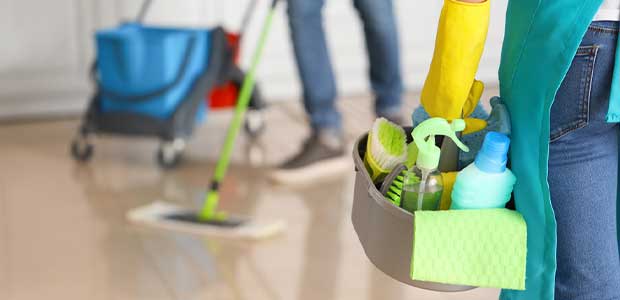

Health and Safety Protection for Domestic Workers
California recently created occupational health and safety guidelines for domestic workers.
Domestic workers perform essential services in the most intimate realm of the home by providing clean, safe spaces for families to enjoy and by caring for children, seniors and those with illnesses or disabilities. Workers are often integrated into the daily rhythms and routines of households, enabling families to function and thrive since domestic work “is the work that makes all other work possible” [Poo, 2015].
In 2017, the University of California Labor Occupational Safety and Health Program (UCLA LOSH), in collaboration with the National Domestic Workers Alliance (NDWA) and the California Domestic Workers Coalition (CDWC) released a study, Hidden Work, Hidden Pain: Injury Experiences of Domestic Workers in California. The report offered insight into the various occupational injuries and illnesses experienced by the domestic workforce like housekeepers, childcare providers and caregivers. The report highlighted the need for all domestic workers to be included under California’s Occupational Safety and Health Administration (CalOSHA) protection.
Key findings from the report include that 51 percent of all survey respondents said they had experienced pressure from their employer to work in dangerous conditions and an overwhelming majority of respondents (85 percent) described injuries resulting in chronic back, shoulder, arm or leg pain. Additionally, more than half of respondents continued to work, despite their chronic pain, out of financial necessity and fear of losing their job. Additionally, the report highlighted the need for occupational safety and health protections to be extended to domestic workers.
Domestic workers in private homes encountered health and safety hazards similar to those found in other healthcare or service-sector jobs. UCAL-LOSH survey respondents indicated that their work commonly involved repetitive motions (81 percent), lifting of heavy objects (76 percent) lifting of children or care recipients (70 percent) and exposure to cleaning chemicals (62 percent) and biological hazards (79 percent). A number of respondents were also sexually harassed or assaulted (23 percent) while working. Many of these hazards are the same as those faced by workers performing similar tasks in more conventional work settings, such as nurses in hospitals or cleaners in hotels or office spaces.
Source link
